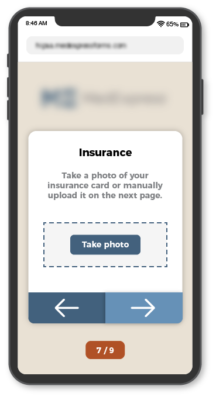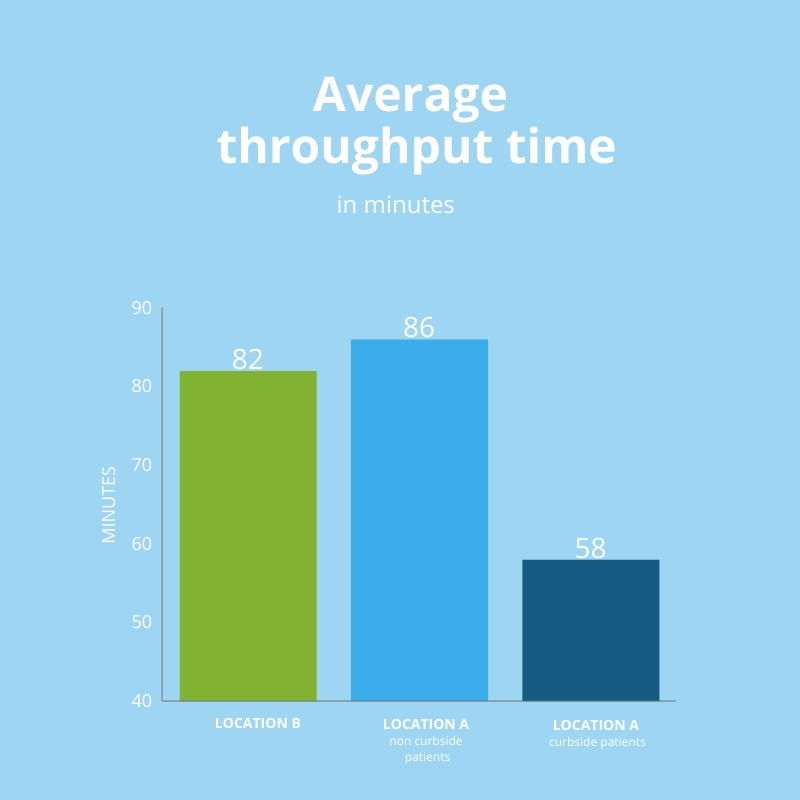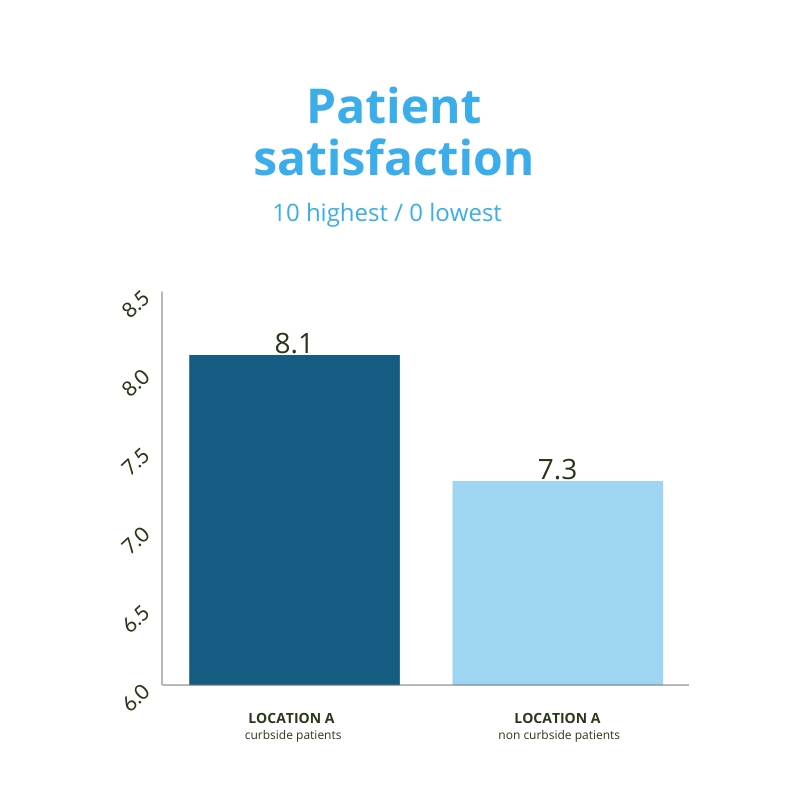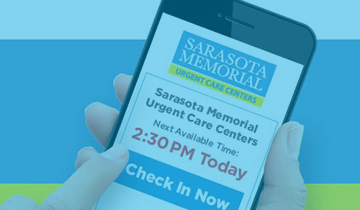
Don't Lose Your Best Staff! Download your FREE guide today.
Enter your name and email below and discover how to alleviate staff stress, improve communication, and shorten wait times.




When the urgent care clinic, part of a larger chain of nation-wide clinics, pivoted to curbside registration, it faced twin challenges of maintaining social distancing and trying to keep their workflow as low-contact as possible. Exterior signage directed patients to remain in the parking lot and call to check in. At the same time, patient volume increased (often due to COVID-related visits), overwhelming staff with the skyrocketing inbound call volume. These factors lengthened the check-in process. During certain times of the day, patients could not even get through to reach staff on the phone, which negatively impacted the patients’ experience.

Implementing ER Express’ curbside check-in and digital intake solutions immediately changed the patient-facing workflow. Parking lot signage directed patients to initiate the check-in process by texting a keyword to a short code instead of instructing patients to call. The system automatically placed patients in a virtual queue and automatically populated demographic information, visit reason, driver’s license and insurance cards into the practice management system.
Patients using the mobile process had an average throughput time 32% shorter than patients who used the call-in-based registration process. Because these patients may have had other factors (such as acuity) that caused them to have a longer visit, we also compared the data to a sister urgent care clinic (location B) under the same ownership and similar patient population that did not use the mobile check-in process. Mobile check-in patients from the participating clinic (location A) still had a 29% shorter throughput time.


Curbside mobile check-in created a more efficient self-service process. About 75% of the patients completed the process without staff assistance, while 25% registered by phone call or in-person based on patient-specific circumstances.*
Notably, as patient volume increased, the difference in throughput time between patients who did and did not use mobile check-in-widened.
During the measurement period, patients who used the mobile check-in process expressed higher satisfaction levels with the overall registration process compared with patients who did not.
*The most common reasons include acuity (patient was too ill to do it themselves) and age/discomfort with technology.


Enter your name and email below and discover how to alleviate staff stress, improve communication, and shorten wait times.
© 2021 ER Express. All rights reserved.